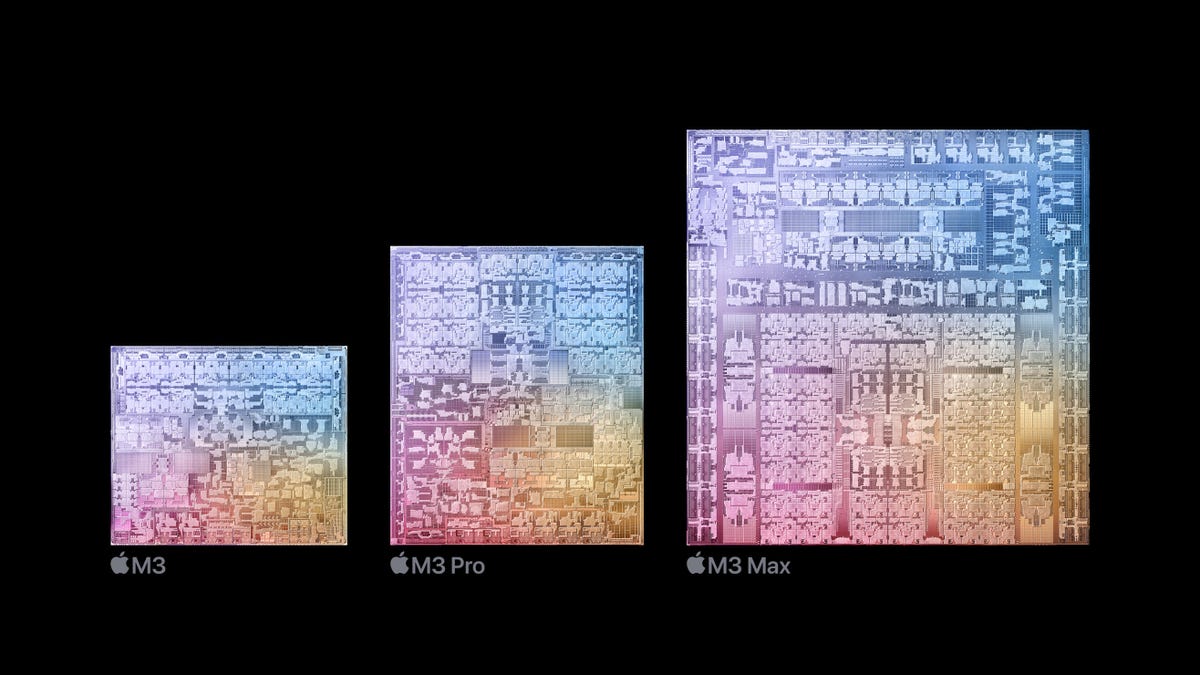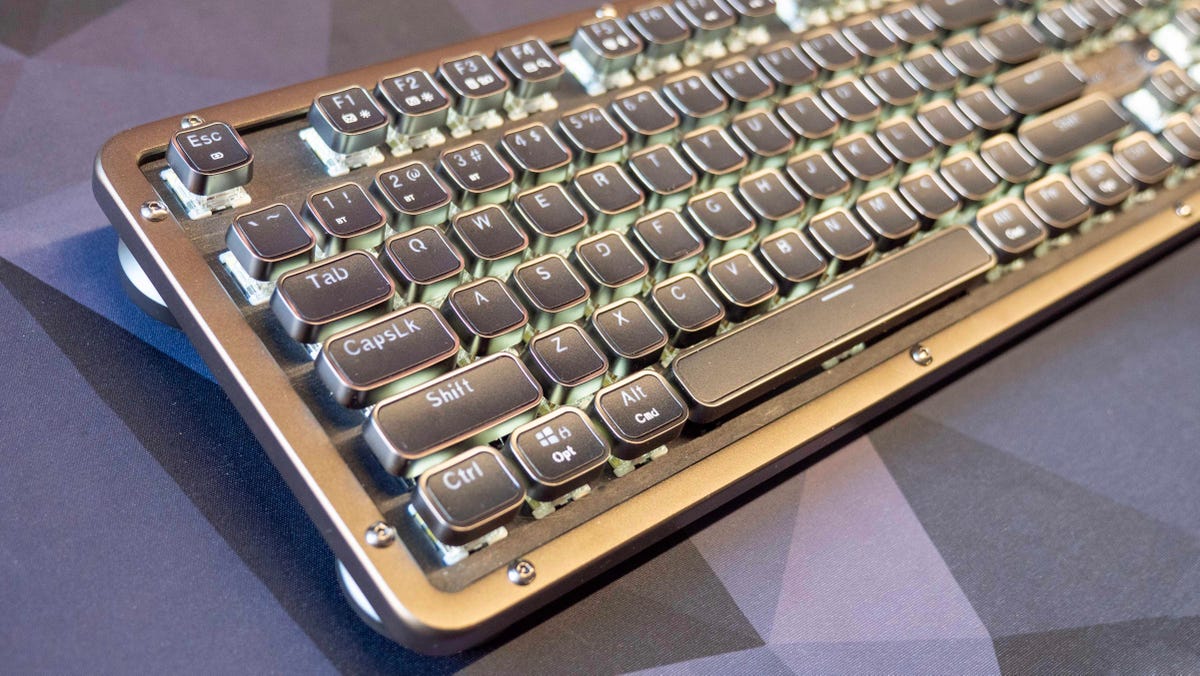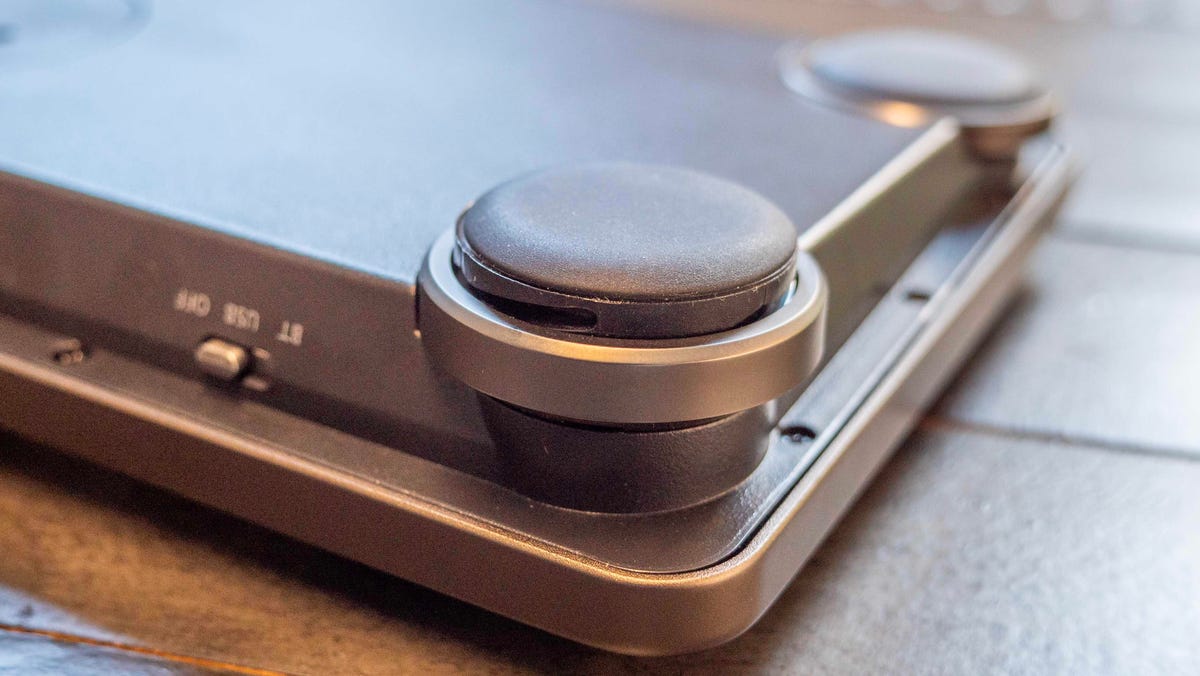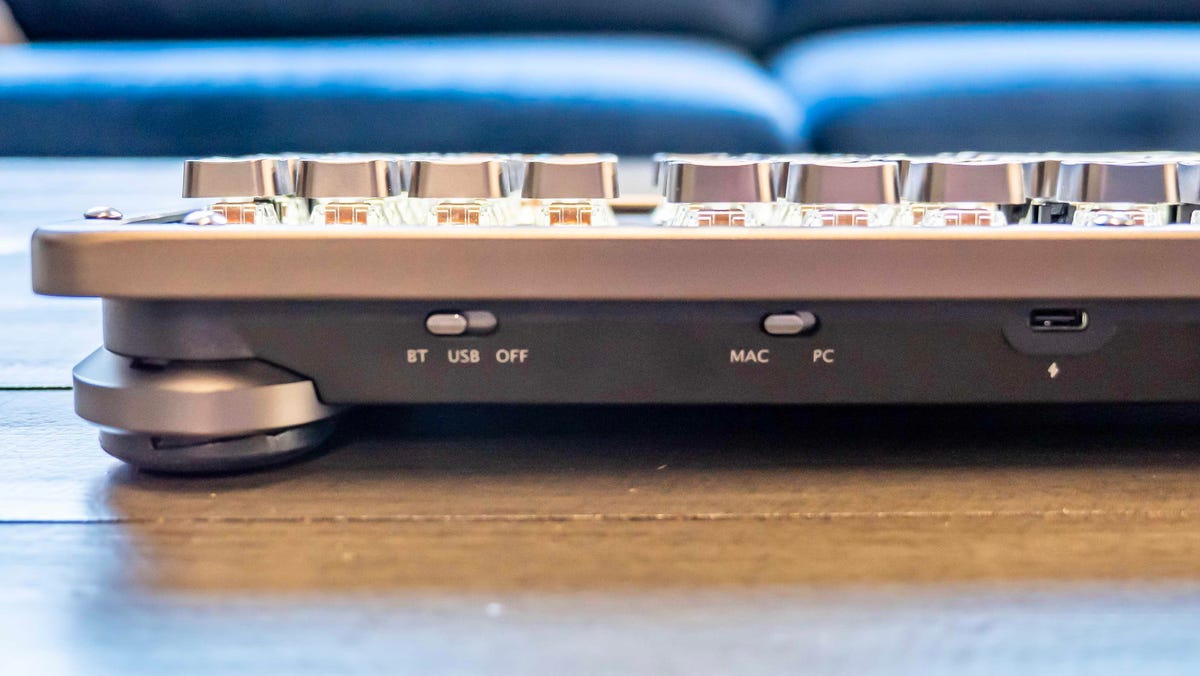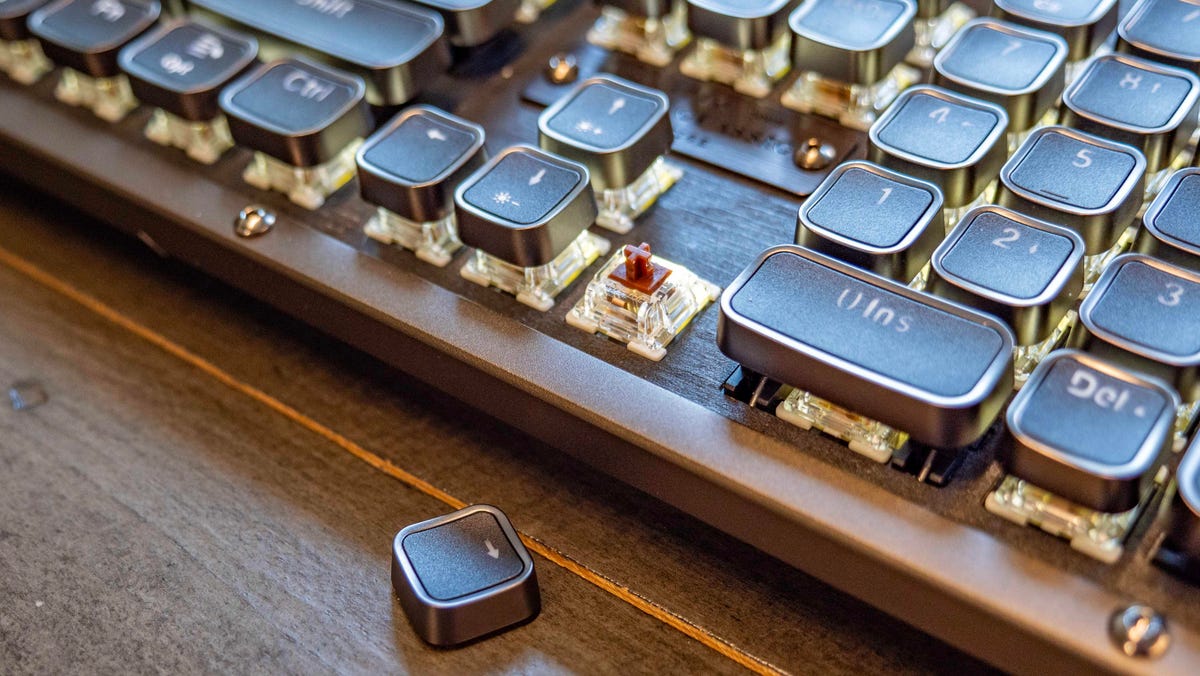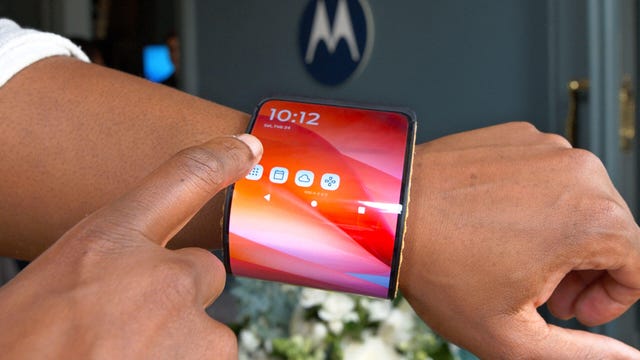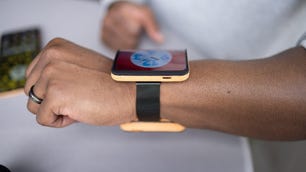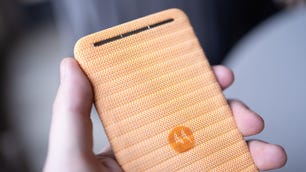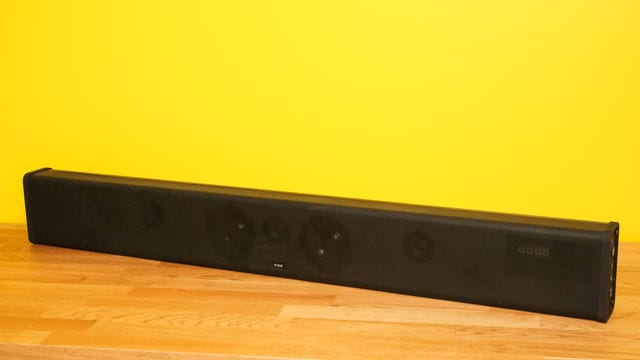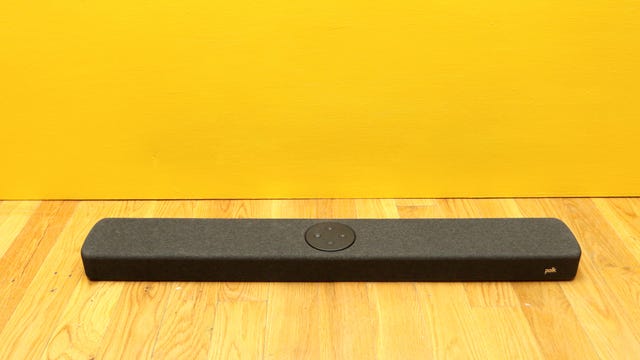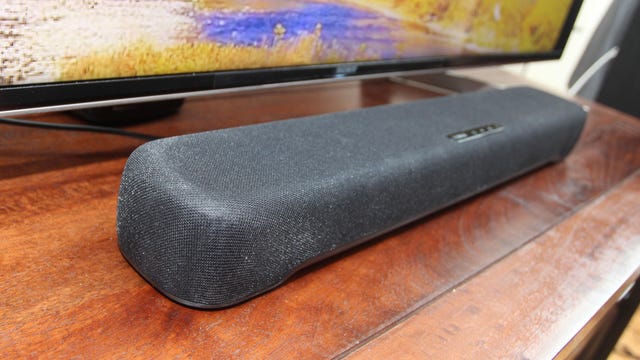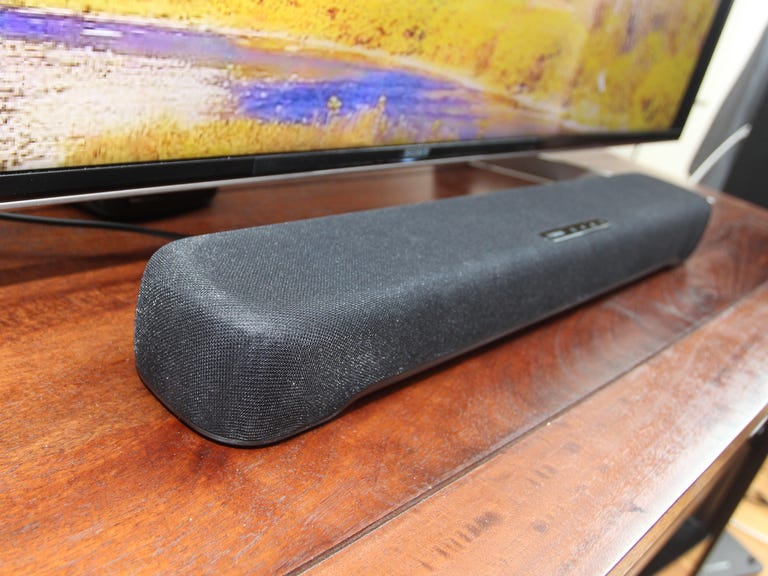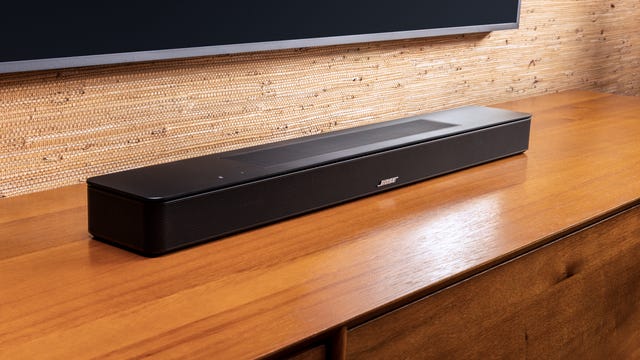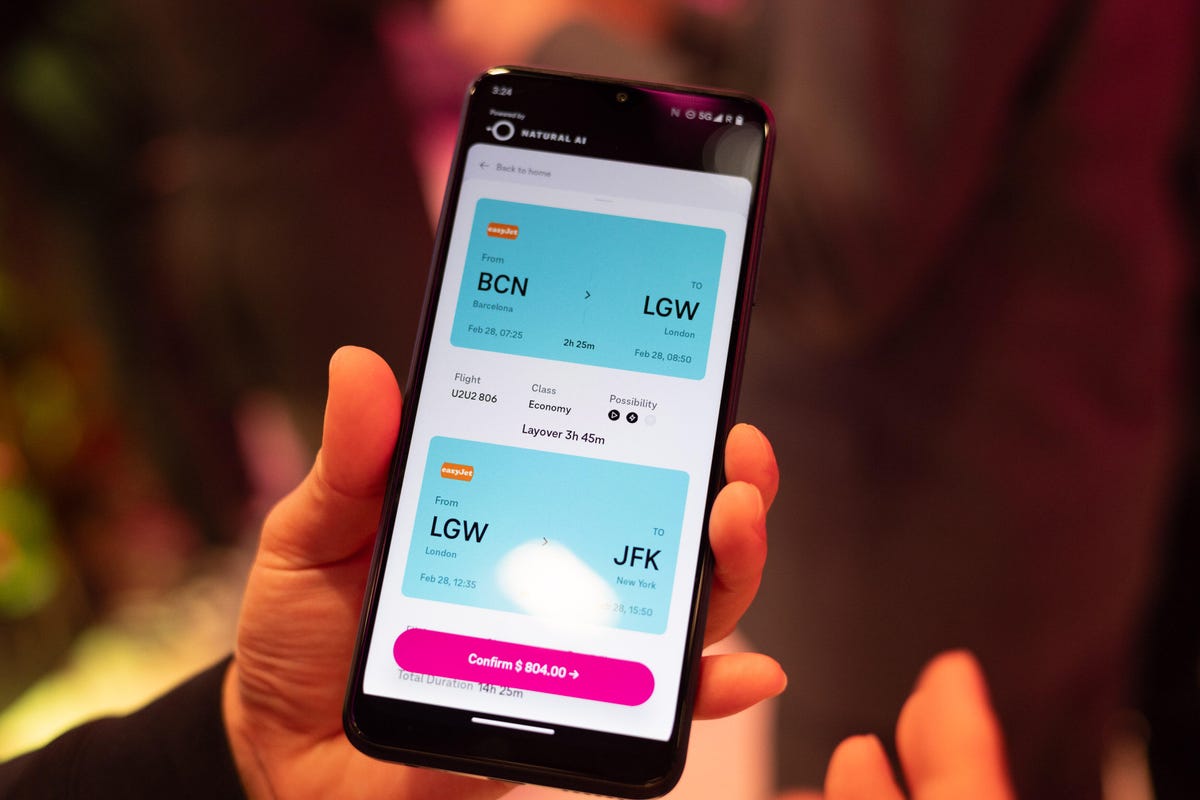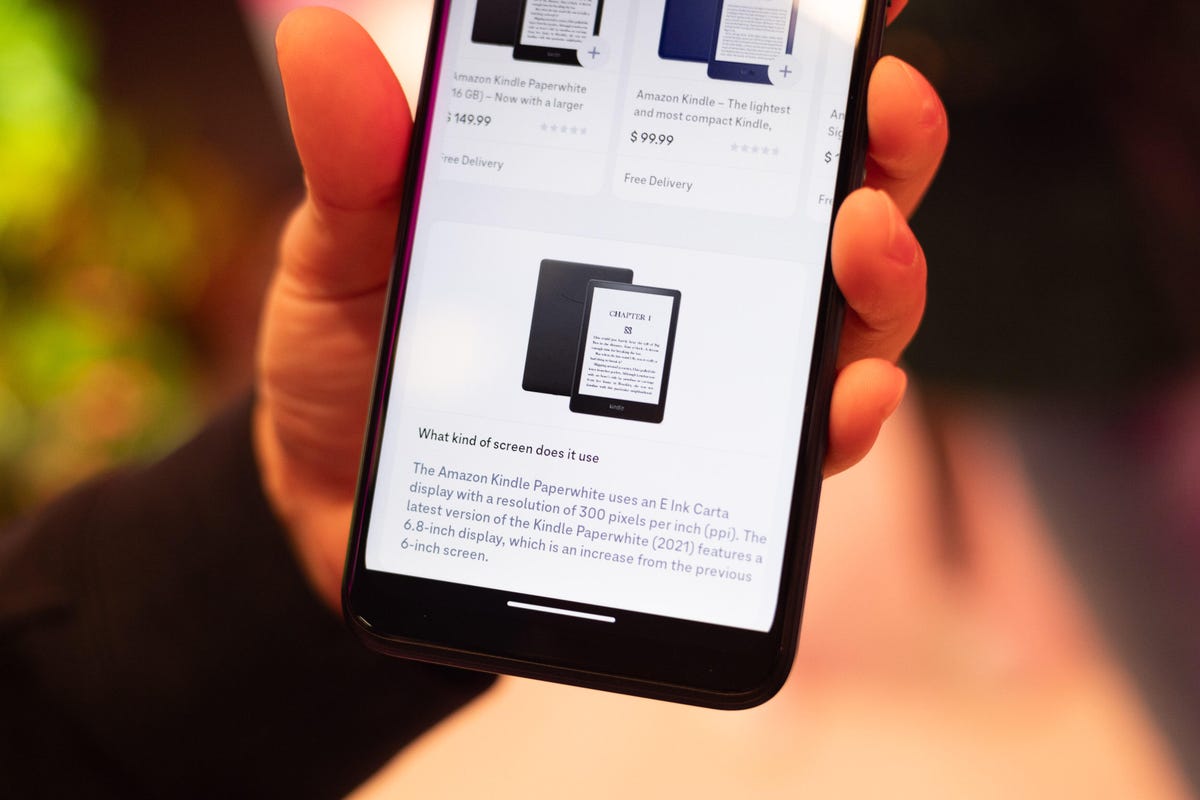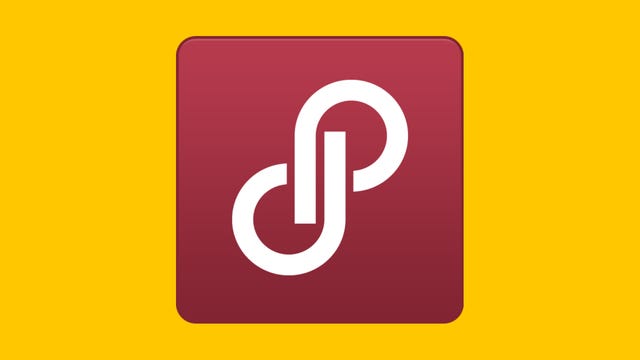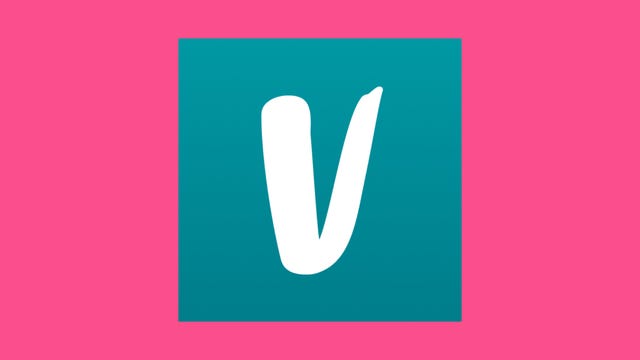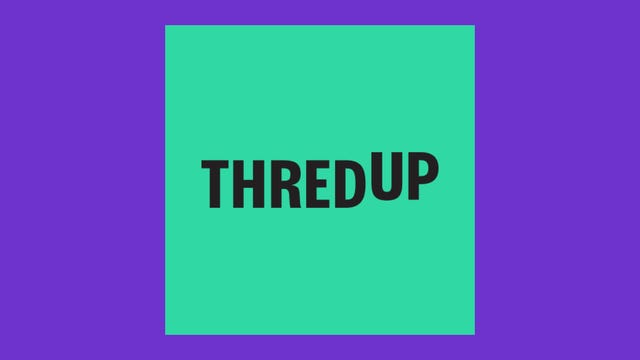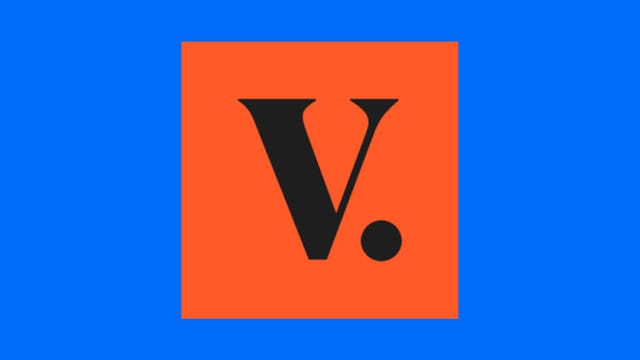
Disney Plus is entering its Swiftie era. The streamer will be the exclusive home of the newest version of Taylor Swift’s The Eras Tour concert film beginning on March 15.
Disney Plus is already home to another Taylor Swift exclusive, “Folklore: The Long Pond Studio Sessions,” a series that chronicles the making of her 2020 album “Folklore.” Swift’s other documentaries and concert films have been available sporadically on various streaming services, including Netflix and Prime Video.
The first version of The Eras Tour movie came out in theatres, where it was the highest-grossing concert film, as reported by Variety. Then, it was available for rent on demand. Disney Plus’s version of the film promises new performances — and says goodbye to some fan favorites.
Are you ready for it? If not, we’ve got you covered. Here’s how to watch The Eras Tour (Taylor’s Version), and why a VPN may be a useful tool for streaming.
Read More: Everything You’ll Want to Know About Taylor Swift’s Eras Tour Movie
Release time for the Eras Tour film in the US and abroad
The film will land on Disney Plus on Friday, March 15 at 3 a.m. ET/12 p.m. PT in all territories except the Republic of Türkiye, where it will be released on April 3.
Pricing for Disney Plus starts at $8 per month in the US, but if you live in Canada, the platform costs $12CAD a month. UK fans can get the service for either 5 with ads, or 8 a month without ads. You can subscribe for a year and save 16%. In Australia, fans get Disney Plus for AU$14 per month.
What’s new in the Disney Plus version of the film
Disney Plus’ version of the flick will feature Swift’s performance of Cardigan, which was previously cut from the theatrical release of the movie, and four additional acoustic songs, although it’s not clear yet what those songs might be. Swift recorded six acoustic songs during filming in August, and the performances of Our Song and You’re on Your Own, Kid made both the theatrical and on-demand rental versions of the film. That means acoustic performances of I Can See You, Maroon, You Are in Love and Death by a Thousand Cuts could be featured in the newest version of the film.
Songs excluded from the Disney Plus cut of the movie include Long Live, The Archer, Wildest Dreams and No Body, No Crime.
How to stream the film using a VPN
Perhaps you’re traveling abroad and want to stream The Eras Tour (Taylor’s Version) while away from home. With a VPN, you’re able to virtually change your location on your phone, tablet or laptop to get access to the movie from anywhere in the world. There are other good reasons to use a VPN for streaming, too.
A VPN is the best way to stop your ISP from throttling your speeds by encrypting your traffic. Using a VPN is also a great idea if you’re traveling and find yourself connected to a Wi-Fi network, and you want to add an extra layer of privacy for your devices and logins. Streaming TV can be a bit smoother with a reliable, quality VPN that’s passed our tests and security standards.
You can use a VPN to stream content legally as long as VPNs are legal in your country and you have a valid subscription to the streaming service you’re using. The US and Canada are among the countries where VPNs are legal, but we advise against streaming or downloading content on illegal torrent sites. We recommend ExpressVPN, but you may opt for another provider from our best list such as Surfshark or NordVPN.
Follow the VPN provider’s instructions for installation and choose a country where The Eras Tour movie is streaming on Disney Plus. Before you open the streaming app, make sure you’re connected to your VPN using your selected region. If you want to stream The Eras Tour film on more than one device, you may need to configure each one to ensure you are signed in. Go to settings and check your network connections to verify you’re logged in and connected to your VPN account. Now you’re ready to open Disney Plus to stream.
If you run into issues with streaming, first make sure your VPN is up and running on its encrypted IP address. Double-check that you’ve followed installation instructions correctly and you’ve picked the right geographical area for viewing. If you still encounter connection problems, you may need to reboot your device. Close all apps and windows, restart your device and connect to your VPN first. Note that some streaming services have restrictions on VPN access.
Correction, Feb. 9: An earlier version of this story misstated the number of Taylor Swift’s studio albums. The Tortured Poets Department, set for release in April, will be her 11th studio album.



